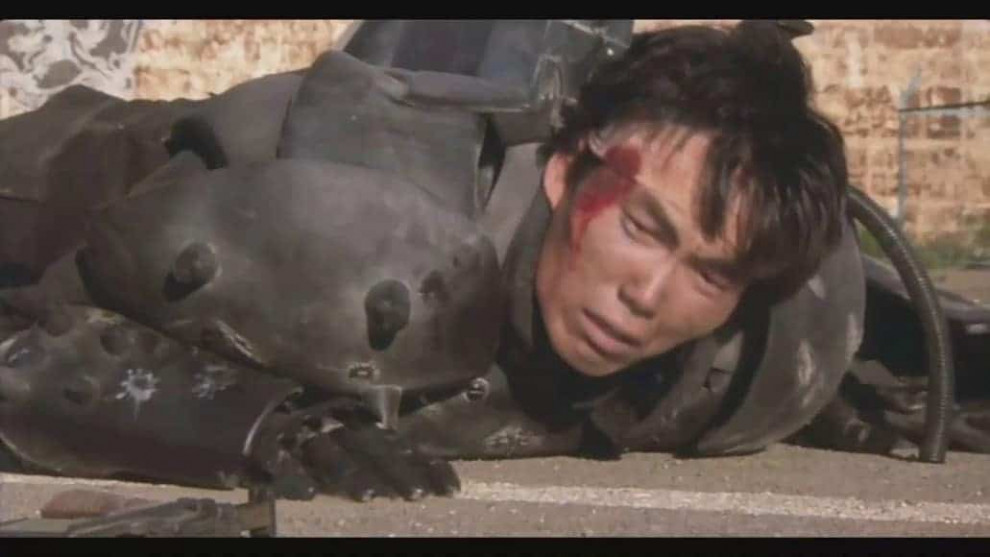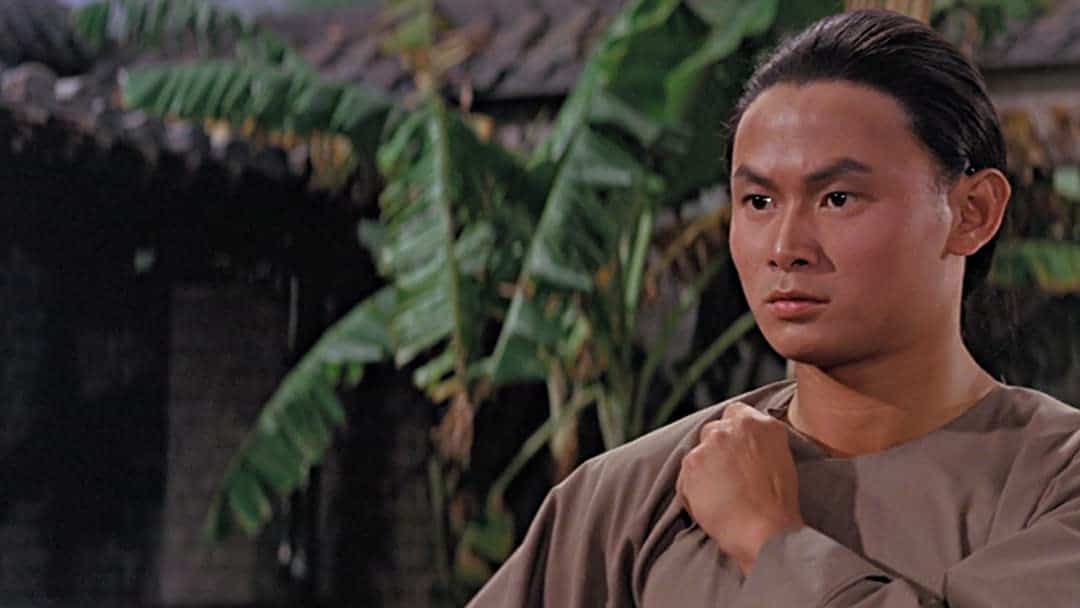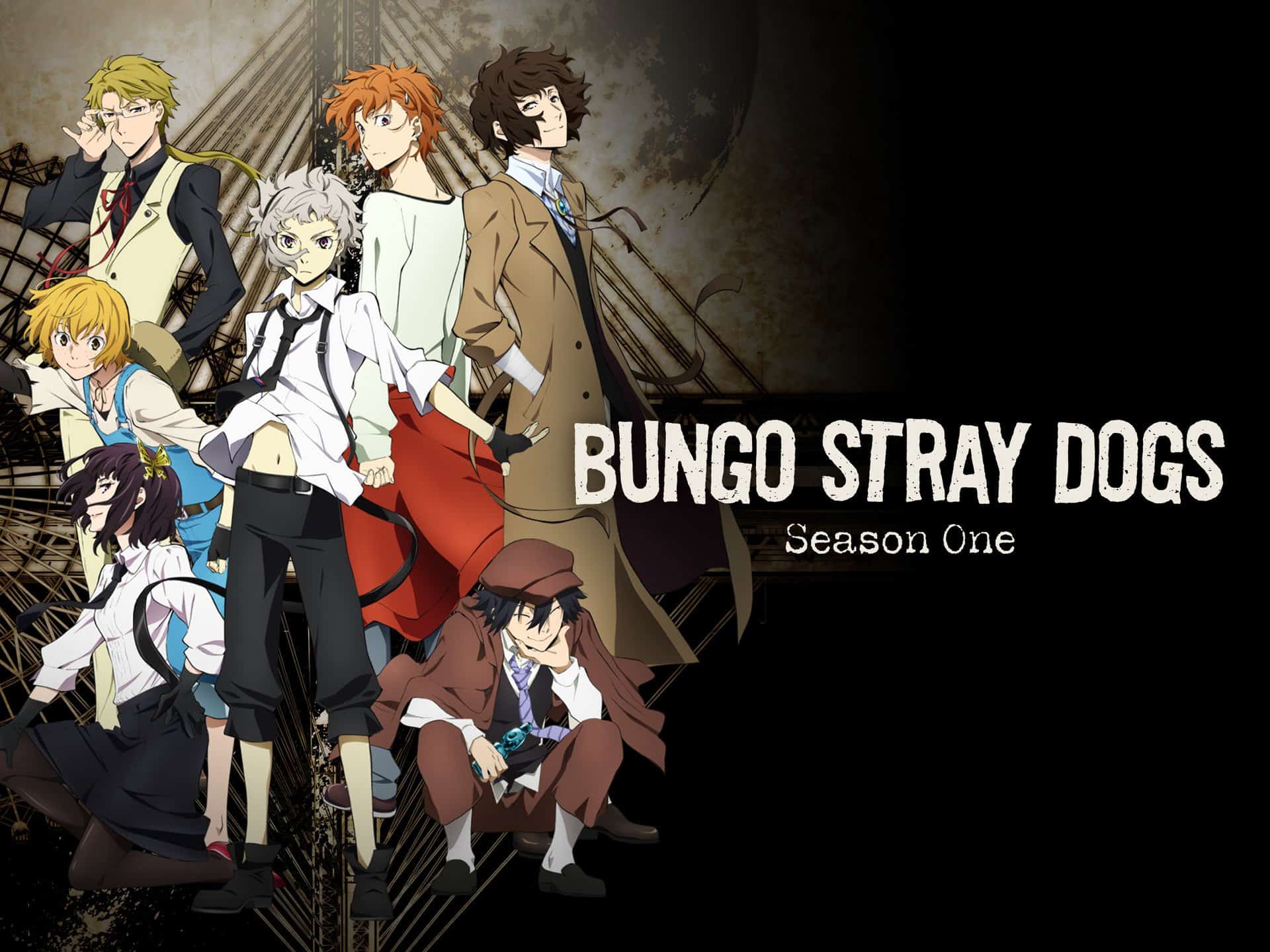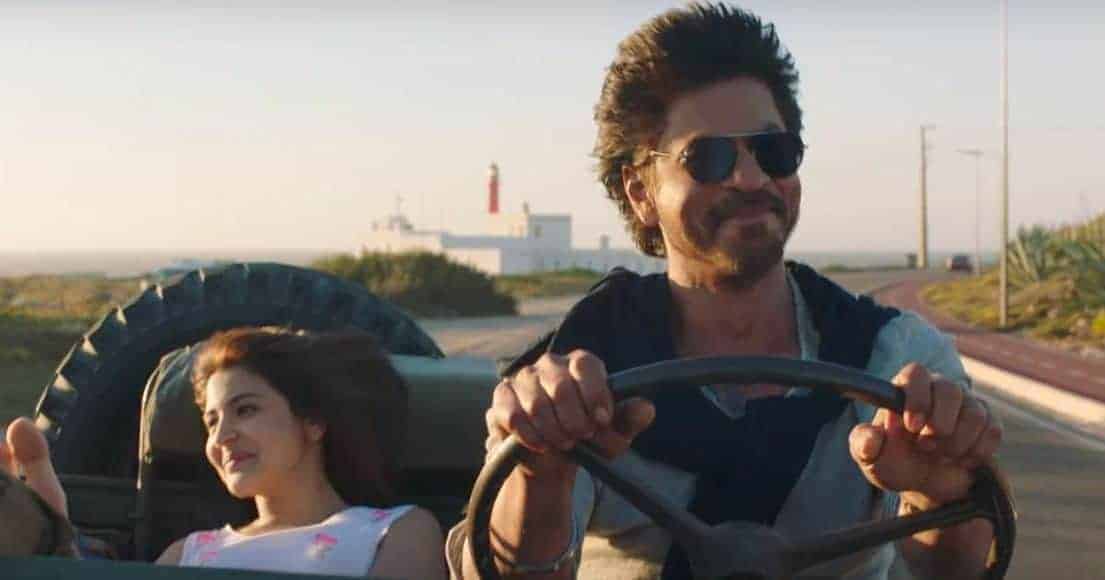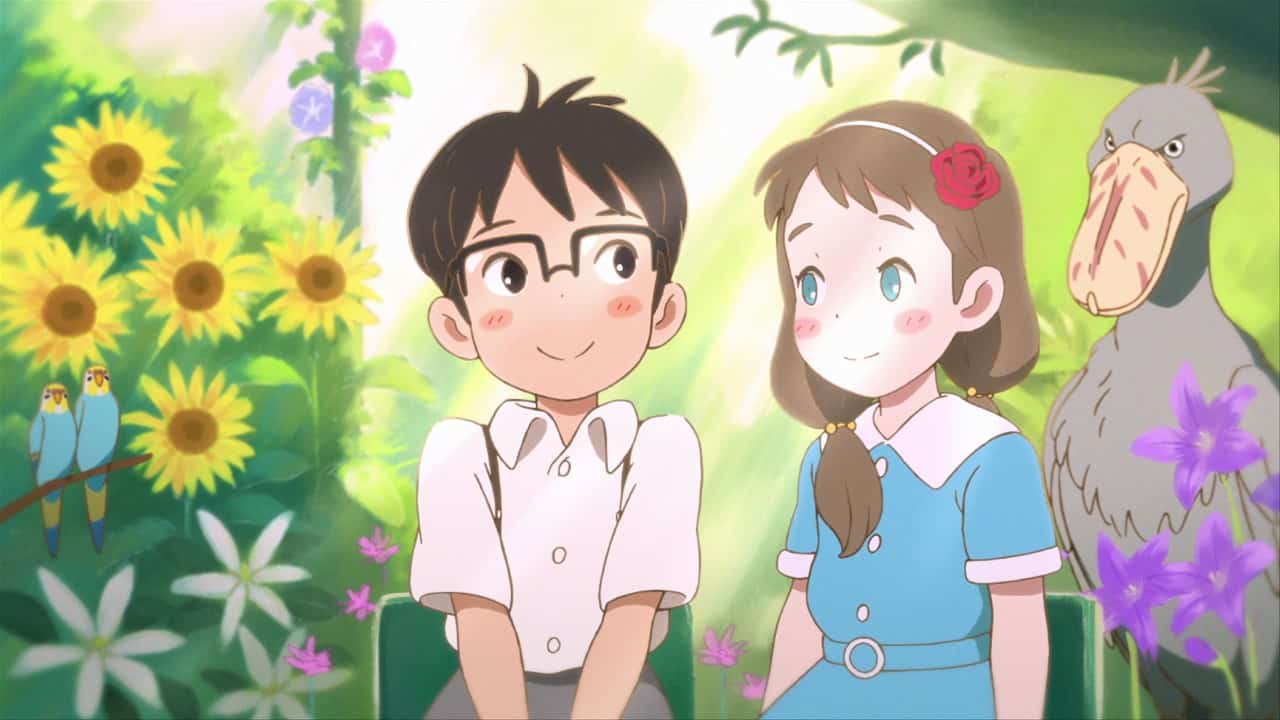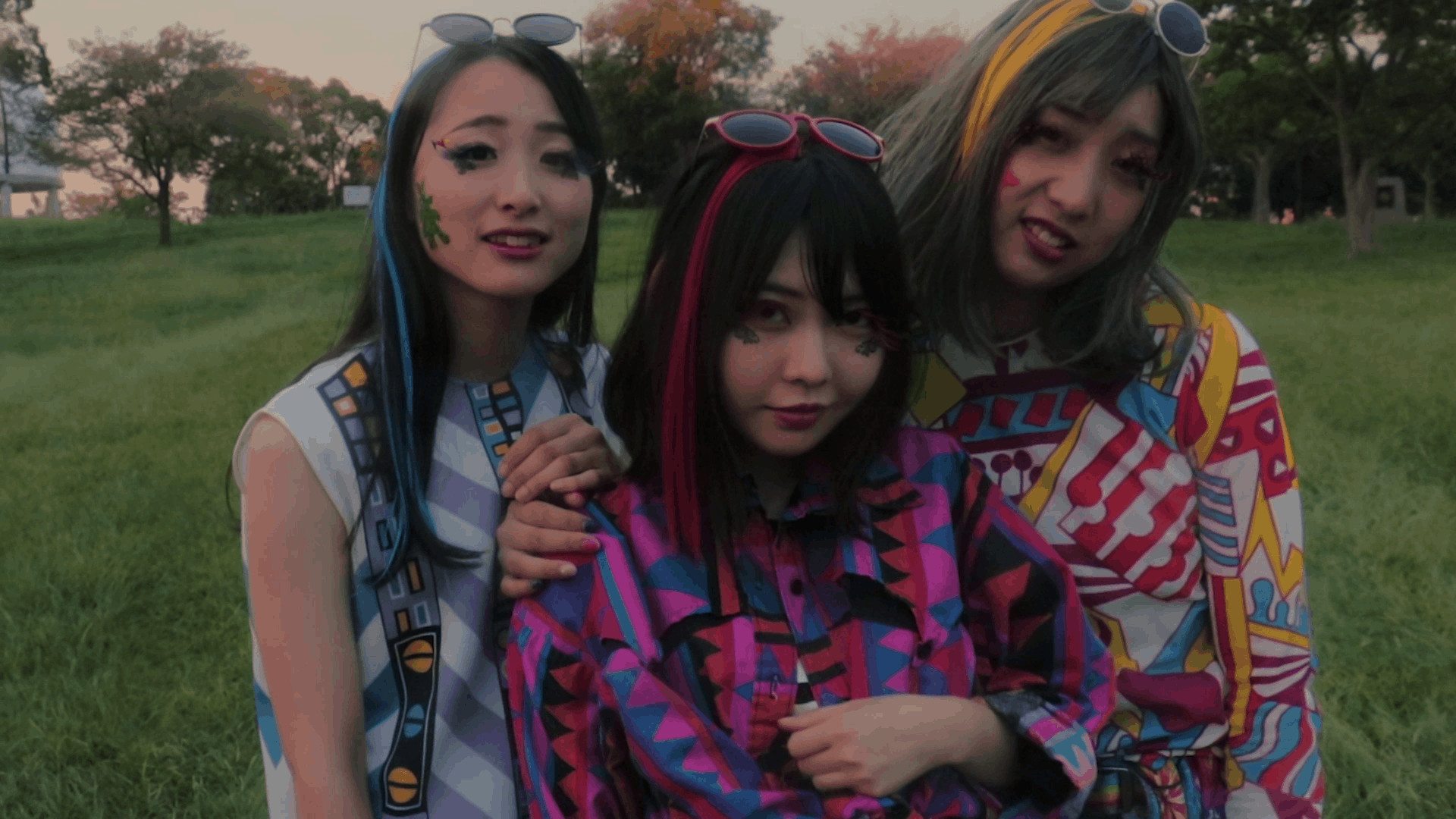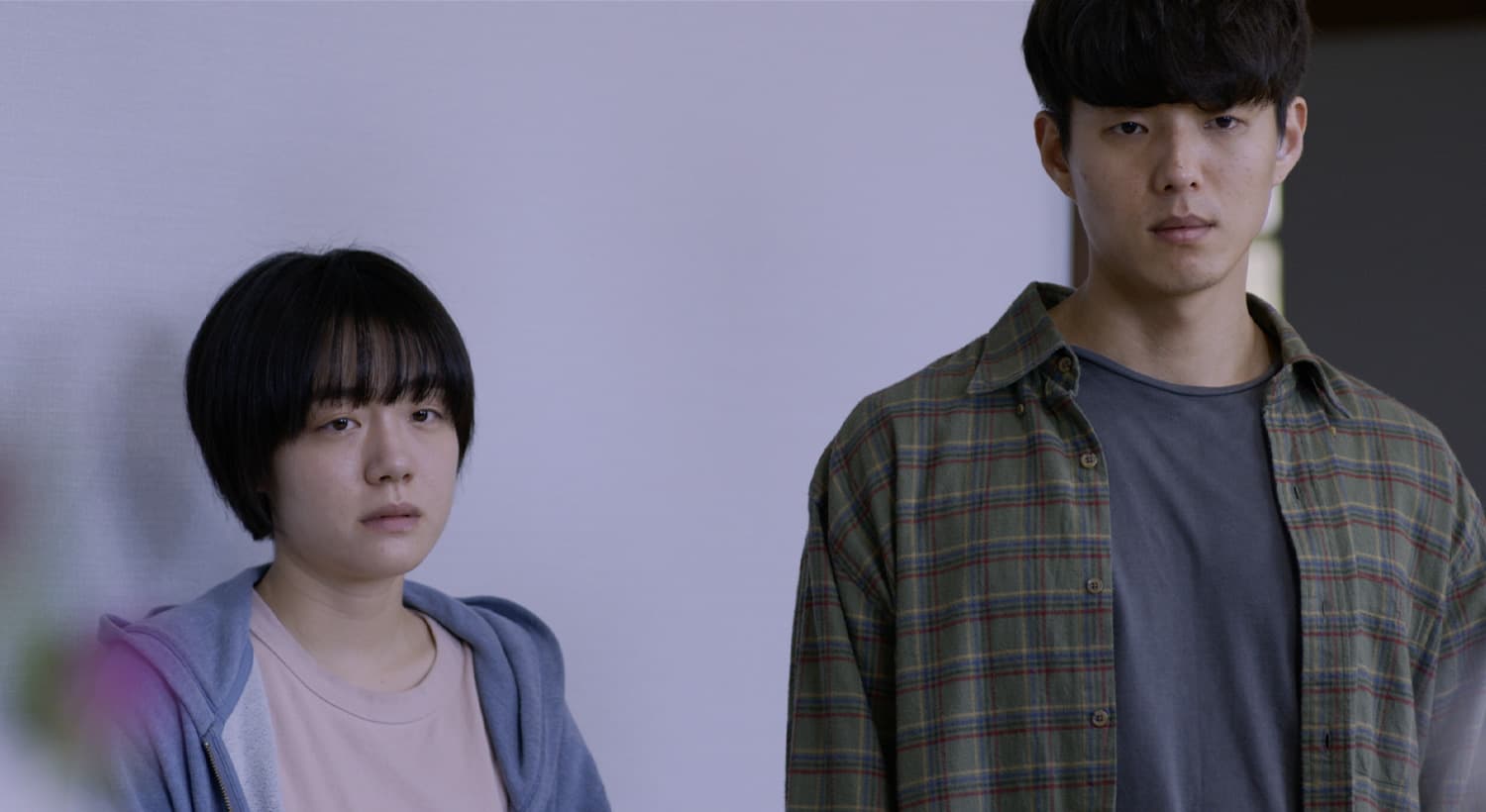by Robert Edwards
Mamoru Oshii is most famous, arguably, for creating “Ghost in the Shell”. A cyberpunk classic that helped bring anime to a global audience. His work is profound and philosophical, often challenging the audience with complex themes and ideas. As well as “Ghost in the Shell”, Oshii is famous for a wide range of anime works, films like, “Angels Egg”, “Patlabor: The Movie”, and “The Sky Crawlers”. What often gets overlooked by fans is his live-action pieces, especially his Kerberos saga films. These were filmic adaptations of his “Kerberos Panzer Cop” manga (also known as “Hellhounds Legend”) which ran from 1988 to 2000. The series had two other film entries, “The Red Spectacles” and “Jin-Roh: The Wolf Brigade”, the latter directed by Hiroyuki Okiura, not Oshii, and the only anime adaptation in the trilogy.
Buy This Title
“Stray Dog: Kerberos Panzer Cops” is the second film and prequel to the series. It follows the aftermath of the disbanded Kerberos unit, a special police force tasked with handling anti-governmental terrorist organisations. The unit is held up in a building after refusing to disarm, a somewhat political stance on their behalf led by their leader, Todome (Shigeru Chiba). During the final moments of the stand-off, Inui (Yoshikatsu Fujiki) catches Todome being helicoptered out right before the military storms the remaining Kerberos troops.
Three years after the resulting incident Inui finds himself released from prison. A strange figure (Takashi Matsuyama) reveals to him that Todome was exiled to Taiwan, and Inui sets off to find his former leader and soon stumbles upon Tang Mie (Eaching Sue), a former lover of Todome's. The two slowly track down the once Kerberos captain and the story unfolds from there.
What Oshii proves here is that his artistry is not limited to just anime, as he perfectly translates his style to a live-action setting. His eye for composition remains just as powerful, and at times its hard to imagine how he was able to find such perfect locations without the freedom of a pencil. In many ways, the film functions like an anime because one cannot help but feel the presence of an artist, as every shot seems perfectly orchestrated like a cell-by-cell drawing. Yosuke Mamiya's cinematography must be noted here as the key to bringing the vision to life, as he helps translate Oshii's manga to a live-action setting.

The film feels flat to a certain degree though, not formally, but thematically. While there is a clear depth to the story with themes of betrayal, leadership, honour, and alienation, it is more surface level than Oshii's normal output. It seems blatant and obvious without anything to really prop it up. To some degree, the performances do not help either, as they often flip between slap-stick comedy and over-the-top gags, making the more serious moments harder to realise.
Overall, it feels the idea was improperly formulated into a movie setting. It is visually stunning, and it does offer ideas worthy of depiction, but it just lacks the finesse that Oshii is capable of. It is worth a watch for fans of his work, but it is hard to recommend it as an entry point to his filmography.


